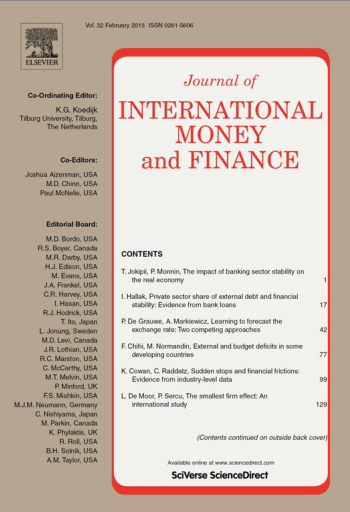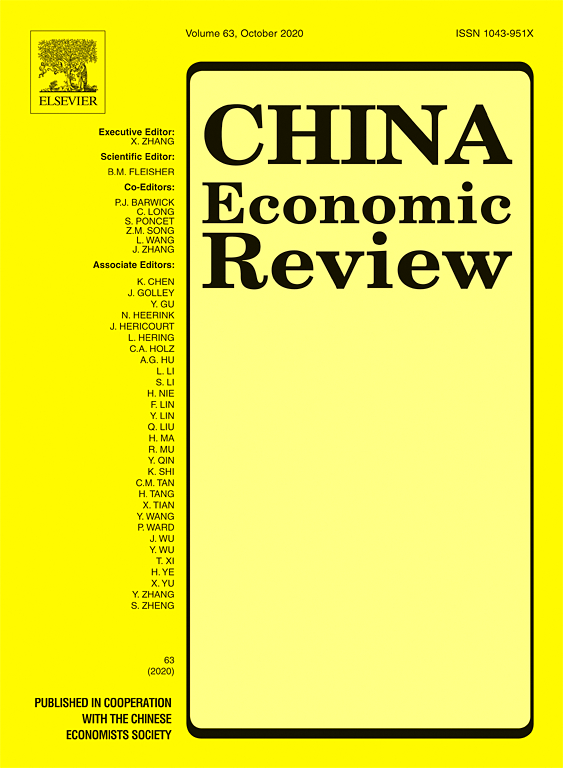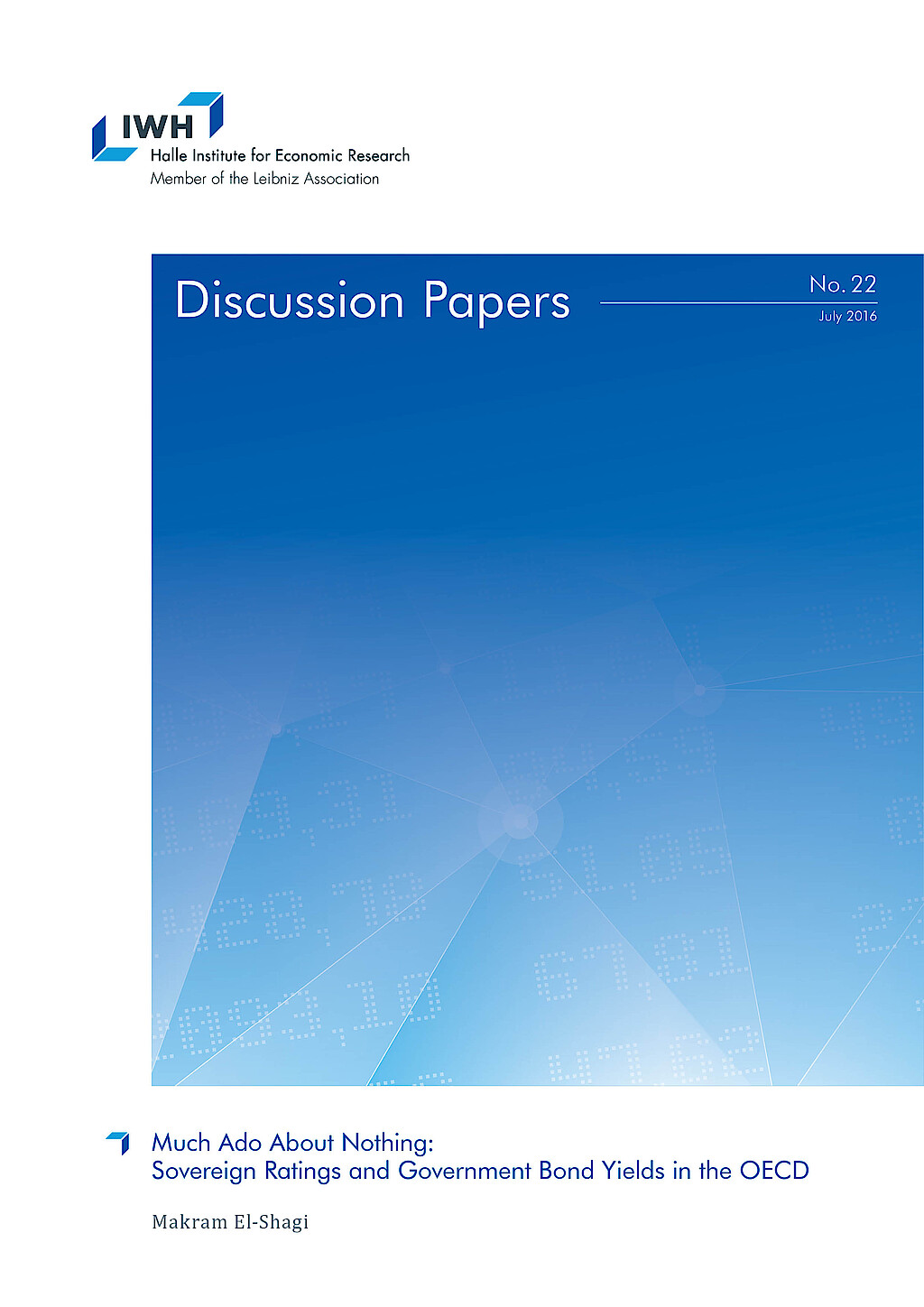Professor Dr Makram El-Shagi

Current Position
since 1/15
Research Professor
Halle Institute for Economic Research (IWH) – Member of the Leibniz Association
since 8/14
Professor
Henan University, School of Economics, China
Research Interests
- financial market stability and instability: regulation and consequences on the real economy
- exchange rate policy and monetary policy
Makram El-Shagi joined the institute as a Research Professor in January 2015. His research focuses on monetary macroeconomics, econometrics, and international macroeconomics.
Makram El-Shagi holds the position of Professor at Henan University in China und he is Director of the "Center for Financial Development and Stability". Prior to that, he was Visiting Associate Professor at California State University, Long Beach as well as Senior Economist at IWH.










